Fostering the development of young minds is a crucial aspect of education. It is vital to encourage kids to think in new ways and be creative right from the start. This kind of support helps in their holistic development, encompassing intellectual, emotional, and social growth. When teachers and parents create a space that allows for flexible thinking and supports emotional health, they can help kids build critical thinking skills that will benefit them for a long time.
Critical thinking means looking at information, ideas, or situations in a fair way to make good decisions. It includes questioning what we assume, thinking about different viewpoints, and using evidence to back up our thoughts. By recognising how important critical thinking is and using effective methods to teach it, we can give the younger generation a solid base for success in their personal lives and school.
Holistic development means helping a child grow in every way including mentally, emotionally, physically, and socially. When education takes a holistic approach, it understands that all these parts of a child’s growth are linked and just as important. By emphasizing holistic development, teachers can build a well-rounded learning space that promotes the overall health and happiness of kids.
Strategies to foster critical thinking
Foster open conversations
Get involved in meaningful talks. Instead of just giving quick answers, try asking questions that make them think deeply. Encourage them to express their views, question what they believe, and look at different sides of an issue.
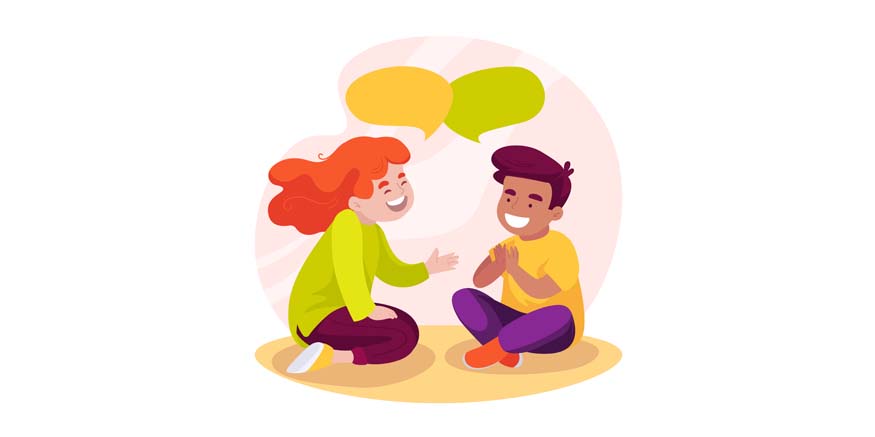
Use questions that require more than a yes or no answer to help them reflect on their ideas and beliefs. For example, if your child shares their thoughts about a movie they watched, you could ask, “What made you think that?” or “Can you see it from another angle?” This helps them think critically and consider other viewpoints.
Encourage a growth mindset

Highlight that skills and intelligence can grow with effort and practice. A growth mindset helps them be open to challenges, seek out learning experiences, and keep going even when things get tough. Celebrate a “mistake of the day” where everyone talks about a mistake they made and what they learned from it.
Engage kids in real-world problem-solving
Give kids and teens chances to tackle real-life issues. Activities like debates, hands-on projects, or helping out in the community let them use their critical thinking skills in real situations, making learning more exciting and relevant.
For instance, you could ask them to help plan a family trip while sticking to a budget. They would need to think about the costs of getting there, where to stay, fun things to do, and food. This way, they can research, compare prices, and make smart choices. It helps them learn how to analyze information, set priorities, and come up with creative solutions when there are limits.
You can also challenge kids and teens with age-appropriate tasks that need inventive answers. For example, give them some building blocks and ask them to design a structure that can hold the most weight. Encourage them to try out different designs and materials, which helps them think critically through experimenting.
Introduce them to diverse perspectives
Help kids and teens learn about different viewpoints, cultures, and experiences by using books, movies, and conversations. When they see things from various angles, it helps them become more open-minded and understanding, which are important parts of critical thinking. Talking about different opinions helps kids feel empathy and realize that there are many valid ways to see a situation.
For instance, pick a topic with different opinions, like climate change. Have a family chat where everyone shares their thoughts. This way, they practice critical thinking by having to think about and assess each opinion.
You could also pick a new country or culture to learn about every month. As a family, look into that culture’s history, traditions, and customs. Talk about how these things might affect how people think and what they value. This activity promotes critical thinking by showing how a person’s background can shape their views and why it’s important to understand different perspectives.
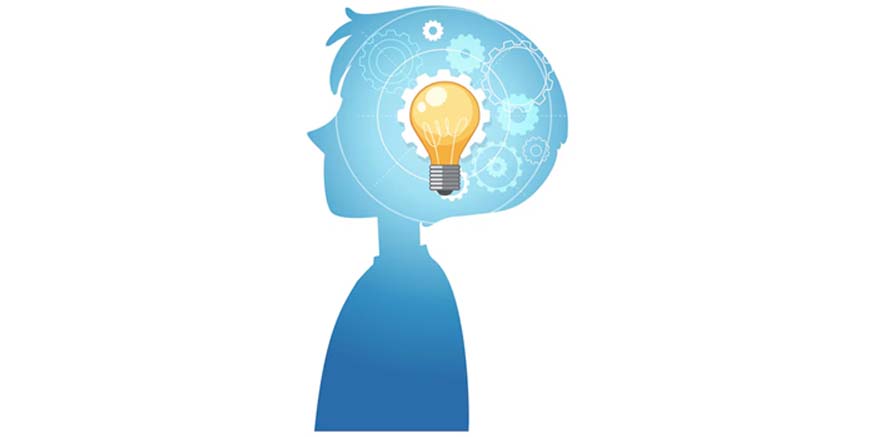
Helping young kids learn to think critically and creatively is essential for their overall growth. By focusing on their emotional health, and boosting their ability to adapt, we can give them the skills they need to handle life’s challenges. Adding these ideas into school lessons and making a friendly learning space can help kids do well in school, make friends, and feel good about themselves.
At Mother’s Pet Kindergarten, we are committed to supporting the growth of young learners with a fun and well-rounded educational plan. Our programs aim to spark a love for learning and inspire kids to think outside the box, setting them up for success and a lifelong love of curiosity.
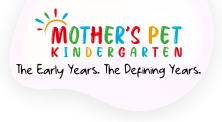
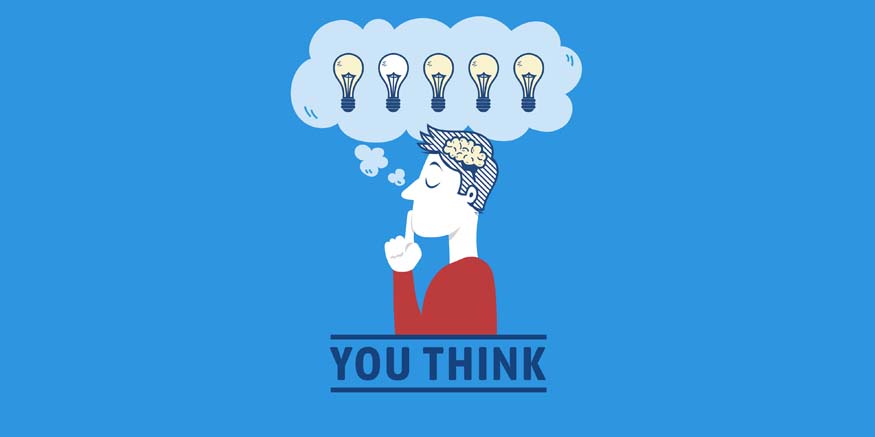

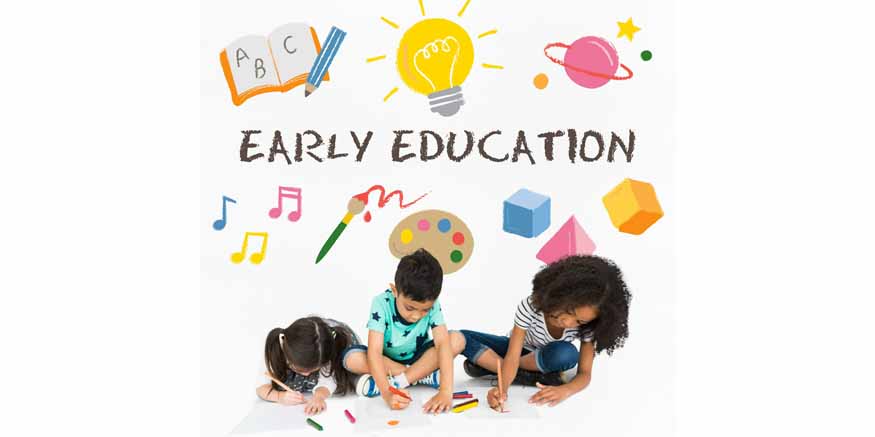
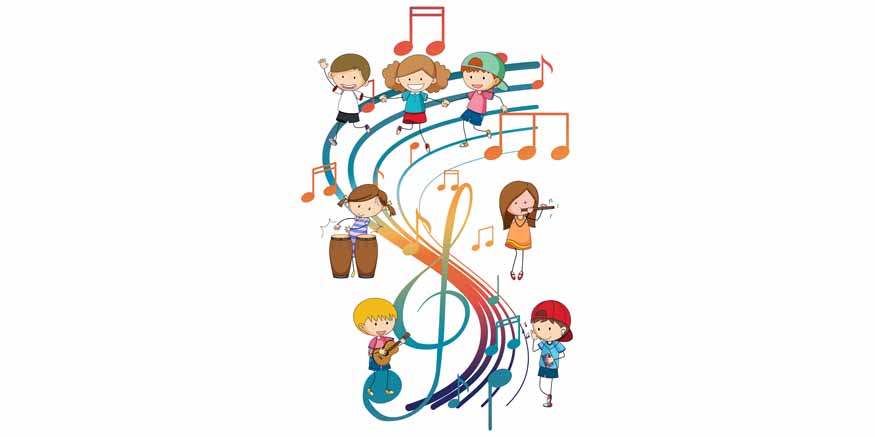
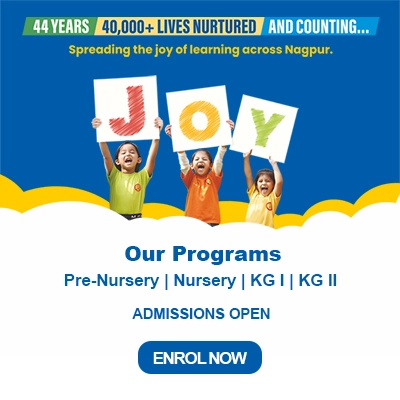
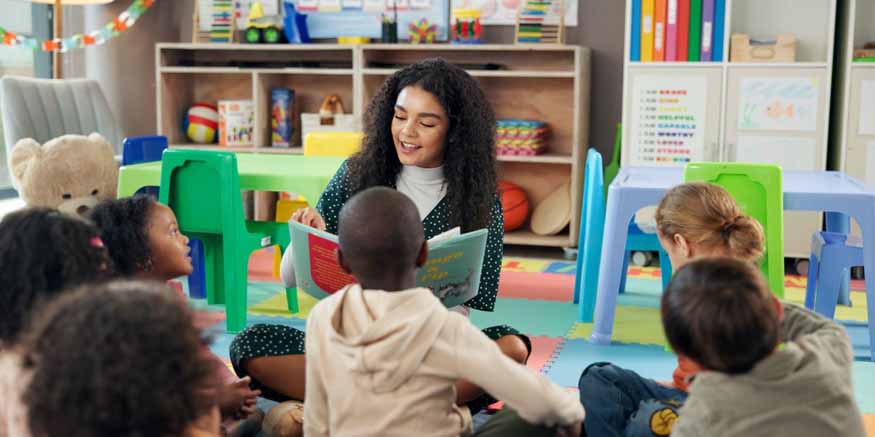

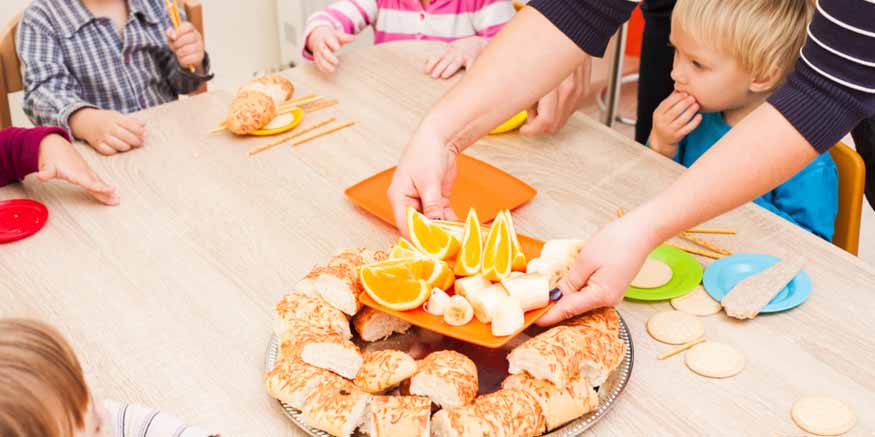
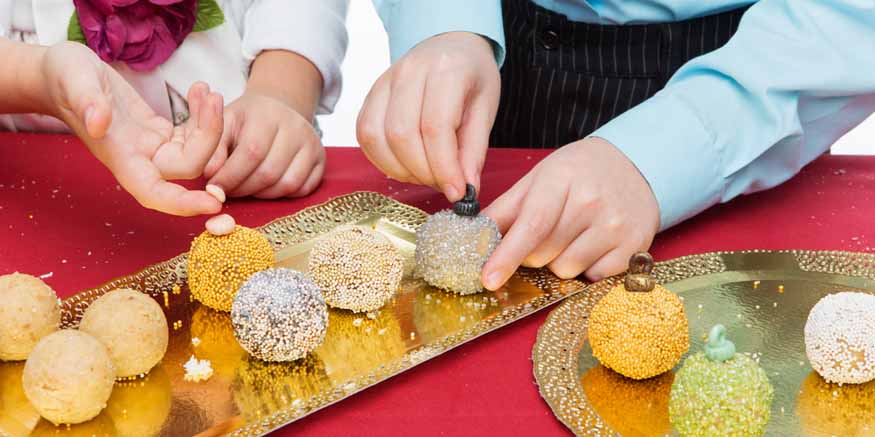
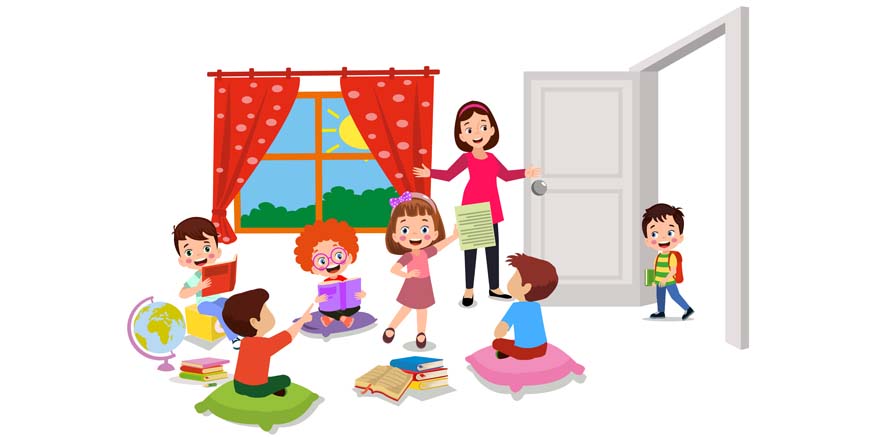


Recent Comments